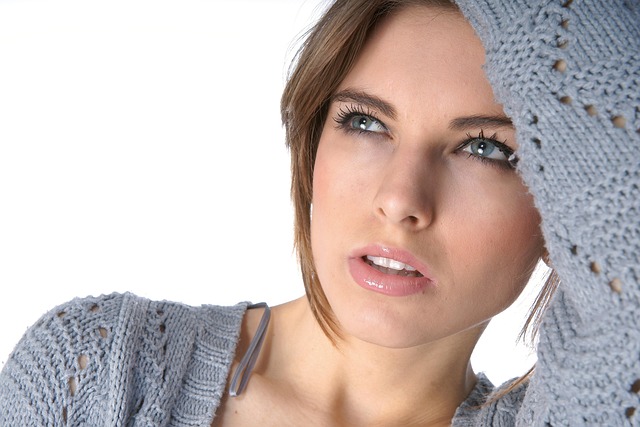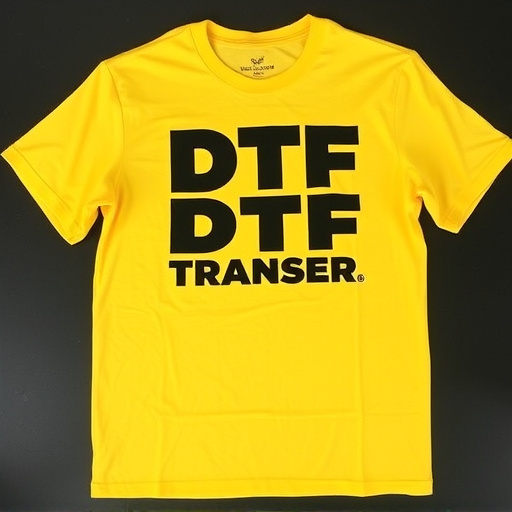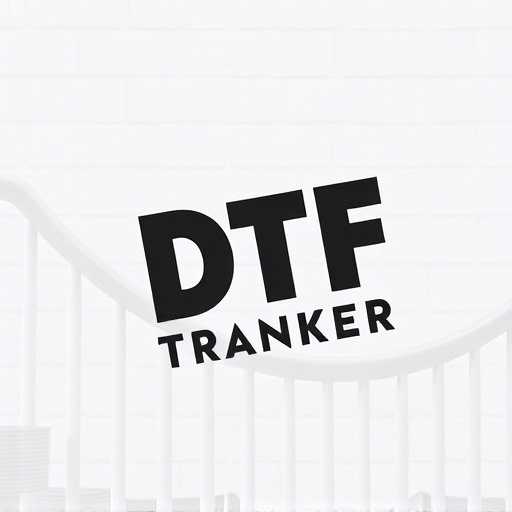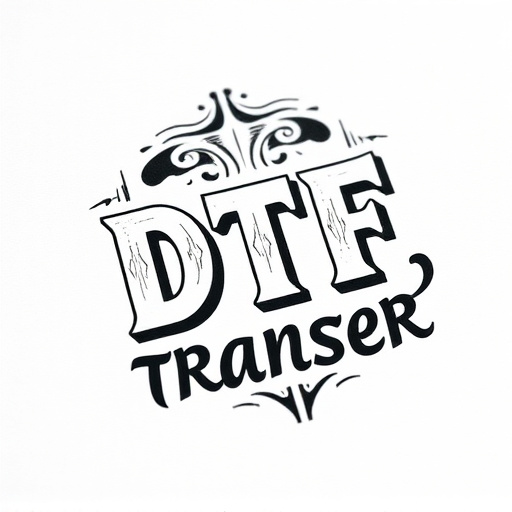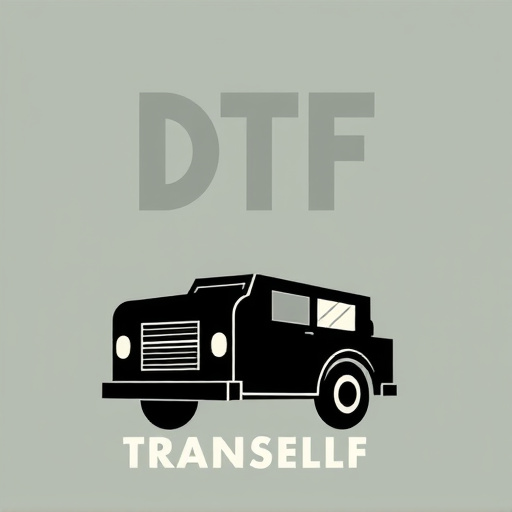Direct-to-Fabric (DTF) transfers have revolutionized garment decorating with their versatile, efficient, and precise digital technology. This method offers vibrant prints on various materials, from cotton to silk, suitable for bulk production or individual orders in fashion, apparel, and promotional merchandise. For light-colored garments, DTF provides unique benefits: precise color reproduction, smooth application leading to durable prints, time savings, and reduced errors. Optimizing fabric preparation, printing techniques, and using high-quality inks ensures long-lasting results. DTF technology has transformed the industry, allowing artists to create intricate, personalized apparel with crisp, high-resolution prints.
“Unleash your creativity with DTF (Direct-To-Fabric) transfers—a game-changer in garment decorating. This innovative printing method offers unparalleled advantages for light-colored fabrics, allowing designers to create vibrant, long-lasting prints. From understanding the basics of DTF transfers to mastering application techniques, this article guides you through the process. Discover how to choose the perfect transfer for your design, enhance its longevity, and explore the boundless creative potential of DTF printing.”
- Understanding DTF Transfers: A Revolution in Garment Decorating
- The Advantages of Using DTF on Light-Colored Fabrics
- Choosing the Right DTF Transfer for Your Design
- Application Techniques for Optimal DTF Prints
- Ensuring Longevity and Quality of DTF Transfers on Light Garments
- Creative Possibilities: Enhancing Designs with DTF Printing
Understanding DTF Transfers: A Revolution in Garment Decorating

Understanding DTF Transfers: A Revolution in Garment Decorating
In the dynamic world of garment decorating, Digital Thermal Transfer (DTF) printing has emerged as a game-changer. Unlike traditional methods that often involve intricate processes and limited versatility, DTF offers a streamlined solution for applying designs onto light-colored fabrics with exceptional precision and quality. By utilizing specialized inks and heat transfer technology, DTF transfers allow for detailed prints on a wide range of materials, from cotton tees to silk scarves. This innovation has significantly enhanced the creative possibilities for designers and manufacturers alike.
The allure of DTF Printing lies in its versatility and efficiency. The process involves creating a digital design that is then transferred onto a thin film, which is later pressed onto the garment under heat and pressure. This method not only guarantees vibrant, indelible prints but also enables quick turnaround times, making it an ideal choice for bulk production or custom orders. Moreover, DTF Transfers cater to diverse applications, from fashion and apparel to promotional merchandise, revolutionizing how we personalize and adorn our everyday garments.
The Advantages of Using DTF on Light-Colored Fabrics
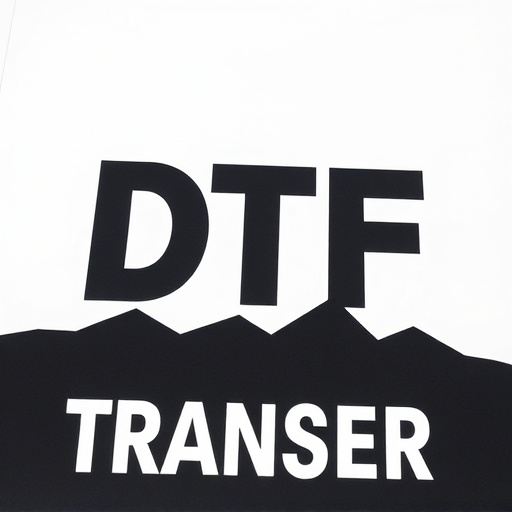
Using Direct to Fabric (DTF) transfers for light-colored garments offers a multitude of benefits that enhance both the printing process and the final product. One of the primary advantages is the vibrant and precise reproduction of colors, ensuring DTF prints stand out on pale fabrics. This technique allows for detailed designs with rich, saturated hues, which can be challenging to achieve with other methods on light-colored materials.
Additionally, DTF provides a smooth and even application, resulting in high-quality prints that are both durable and long-lasting. The direct printing approach eliminates the need for intricate cutting and weeding processes, saving time and reducing potential mistakes. This makes DTF an efficient choice for custom apparel, allowing businesses to offer fast turnaround times while maintaining excellent print quality.
Choosing the Right DTF Transfer for Your Design

When selecting a DTF (Direct to Fabric) transfer for your design, understanding the material is key. Light-colored garments present unique advantages and challenges for DTF printing. For instance, white or light-hued fabrics allow for vibrant and precise DTF prints, as the color of the garment doesn’t obscure the design. This makes it an ideal choice for intricate patterns or fine lines that would otherwise be hard to achieve on darker materials.
Opting for a high-quality DTF Transfer tailored to light fabric ensures excellent color reproduction and longevity of your design. These transfers are designed to adhere securely to the fabric, providing a crisp and durable print. Consider factors like the fabric’s texture and composition to ensure compatibility with your chosen DTF transfer, guaranteeing optimal results for your application.
Application Techniques for Optimal DTF Prints

When applying DTF (Direct-to-Fabric) transfers to light-colored garment materials, utilizing specific application techniques ensures optimal results for DTF prints. The process begins with preparing the fabric surface; slightly roughening it can improve adhesive contact, leading to more vibrant and long-lasting DTF prints. This preparation step is crucial as it enhances the transfer’s bond with the fabric, allowing for better color saturation.
Using precision tools like print heads or brushes for application ensures accurate placement of the design. This meticulous approach, especially when dealing with intricate patterns, results in sharp lines and fine details being reproduced accurately on the garment. Additionally, maintaining a consistent pressure during application helps transfer the design evenly, preventing smudging or missing areas, thus guaranteeing high-quality DTF prints.
Ensuring Longevity and Quality of DTF Transfers on Light Garments

To ensure the longevity and quality of Direct-to-Garment (DTF) transfers on light-colored garment materials, careful consideration is necessary during both the printing and application processes. High-quality inks and suitable settings for DTF printing are paramount to achieving crisp, vibrant prints that resist fading or smudging. The type of ink and press used can significantly impact the final product’s durability, with modern eco-friendly inks offering improved lightfastness and washability.
Moreover, proper application techniques, including the use of heat presses at the recommended temperatures for each ink type, are crucial. This ensures that the DTF prints fuse seamlessly with the garment fibers, enhancing their resistance to peeling or cracking over time. Regular maintenance of printing equipment and adherence to manufacturer guidelines further contribute to maintaining consistent print quality. By optimizing these factors, you can produce DTF transfers that not only look excellent but also stand the test of time on light-colored garments.
Creative Possibilities: Enhancing Designs with DTF Printing
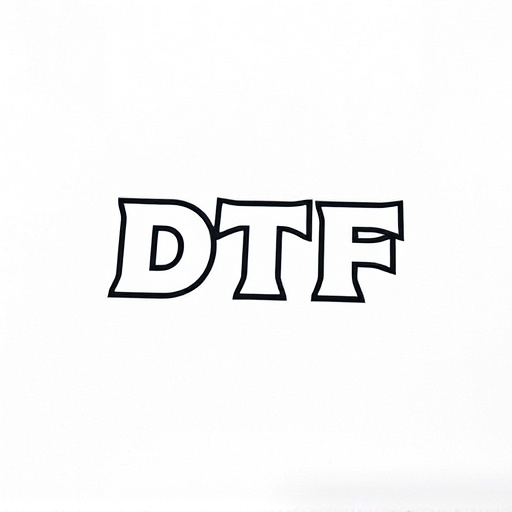
The world of garment printing has seen a revolutionary shift with the advent of Direct-to-Fabric (DTF) transfers. This cutting-edge technology unlocks an array of creative possibilities, especially when applied to light-colored garments. DTF Printing offers a versatile and efficient method for adding intricate designs, allowing artists and designers to bring their visions to life with remarkable detail and color vibrancy. By eliminating the need for traditional screen printing or heat pressing, DTF Transfers become a game-changer for custom apparel.
With DTF, printers can achieve crisp, high-resolution prints on various fabric types, ensuring that designs pop against light backgrounds. This technique is particularly appealing for those seeking unique, personalized garments. From subtle patterns to bold statements, DTF Prints enable the creation of one-of-a-kind pieces that stand out in a sea of ordinary. Whether it’s fashion, accessories, or promotional merchandise, DTF Transfer technology opens doors to endless design exploration and offers a fresh perspective on garment customization.
